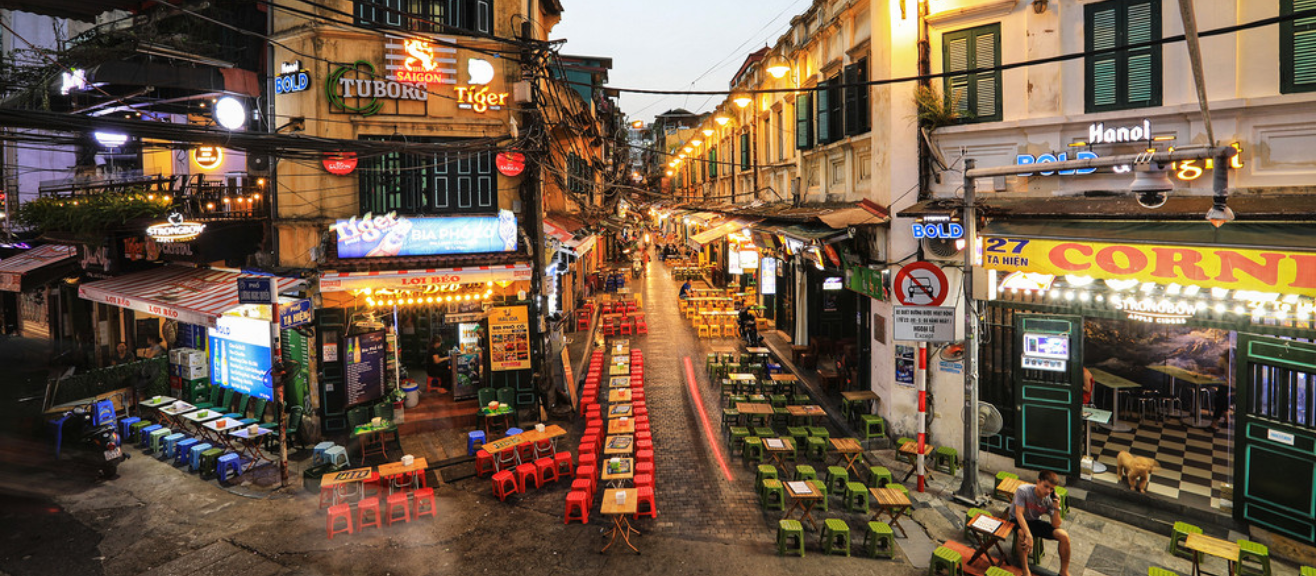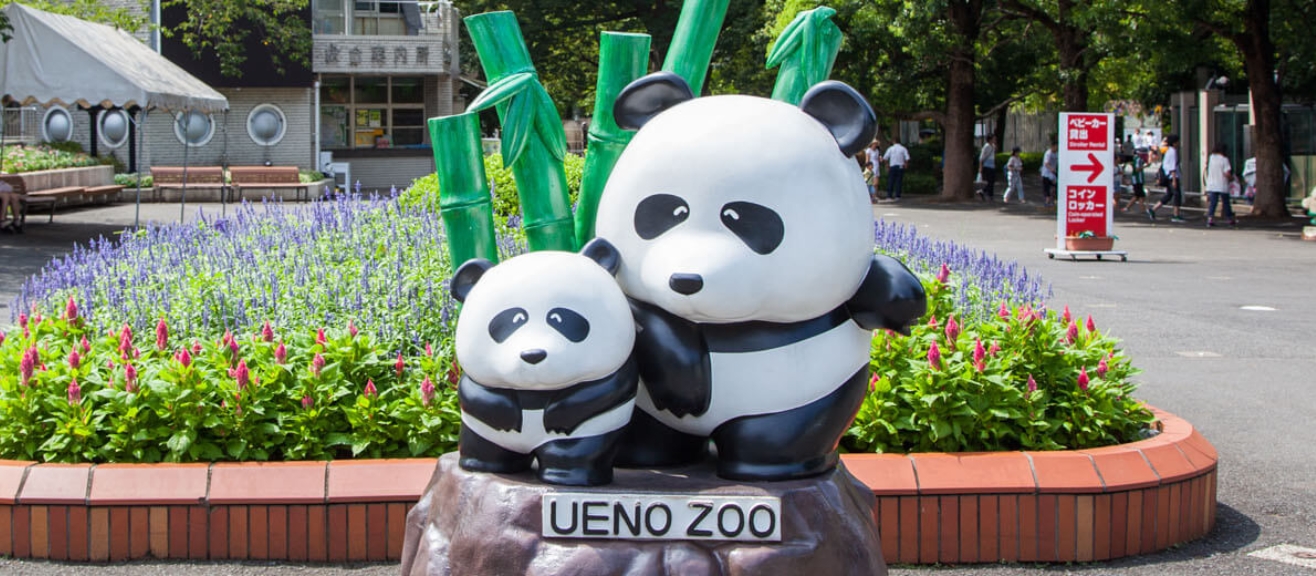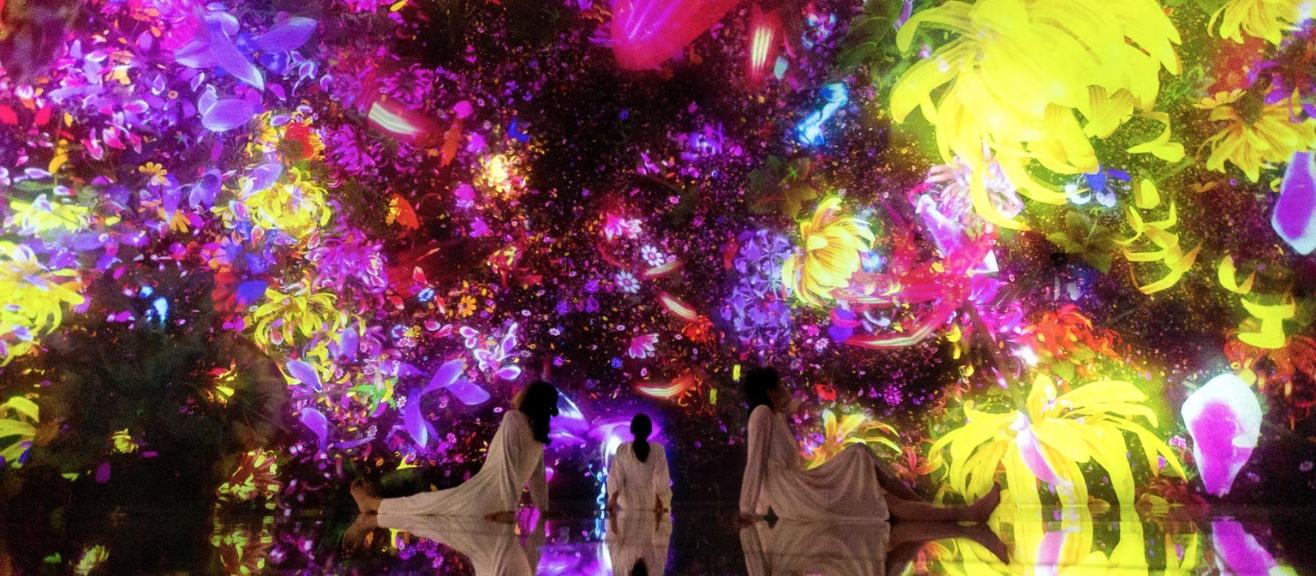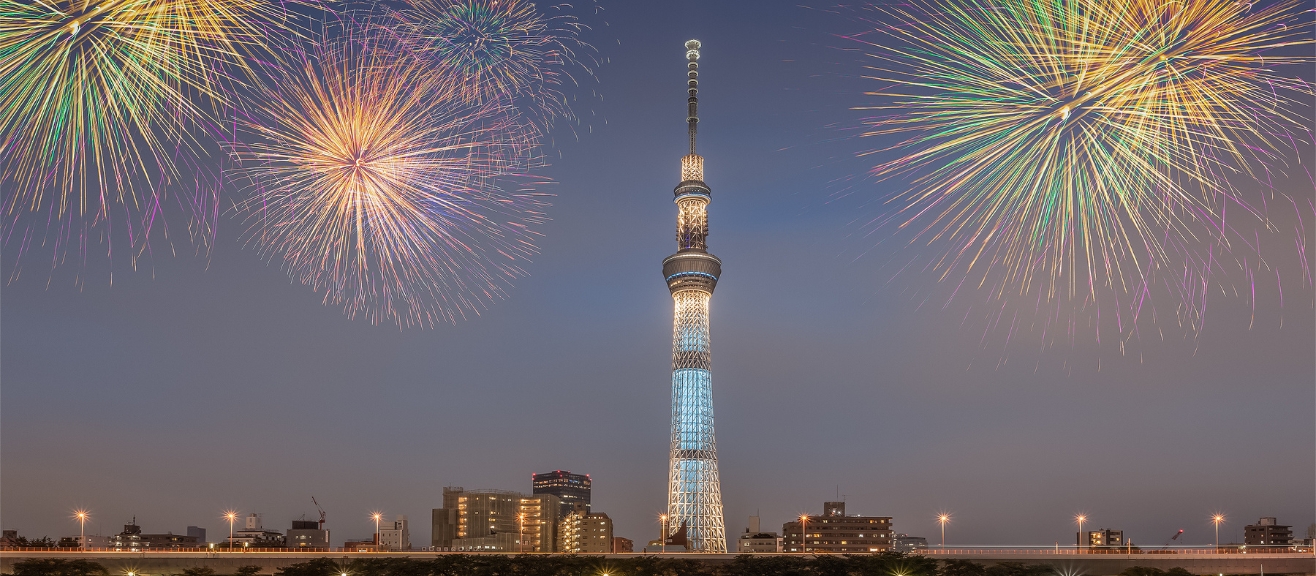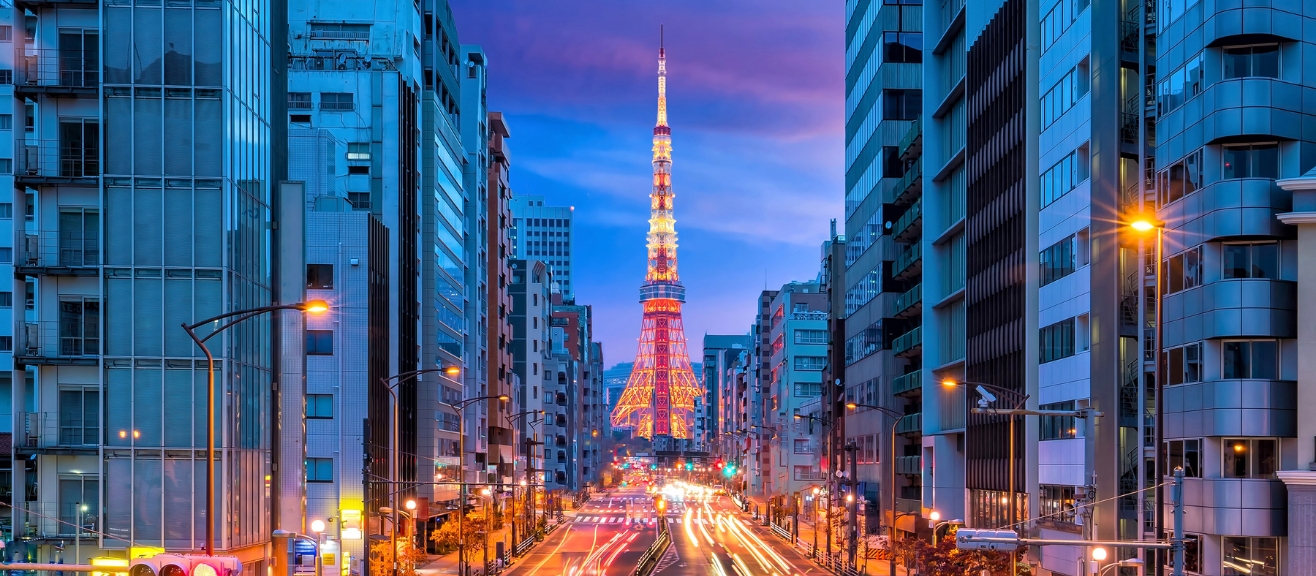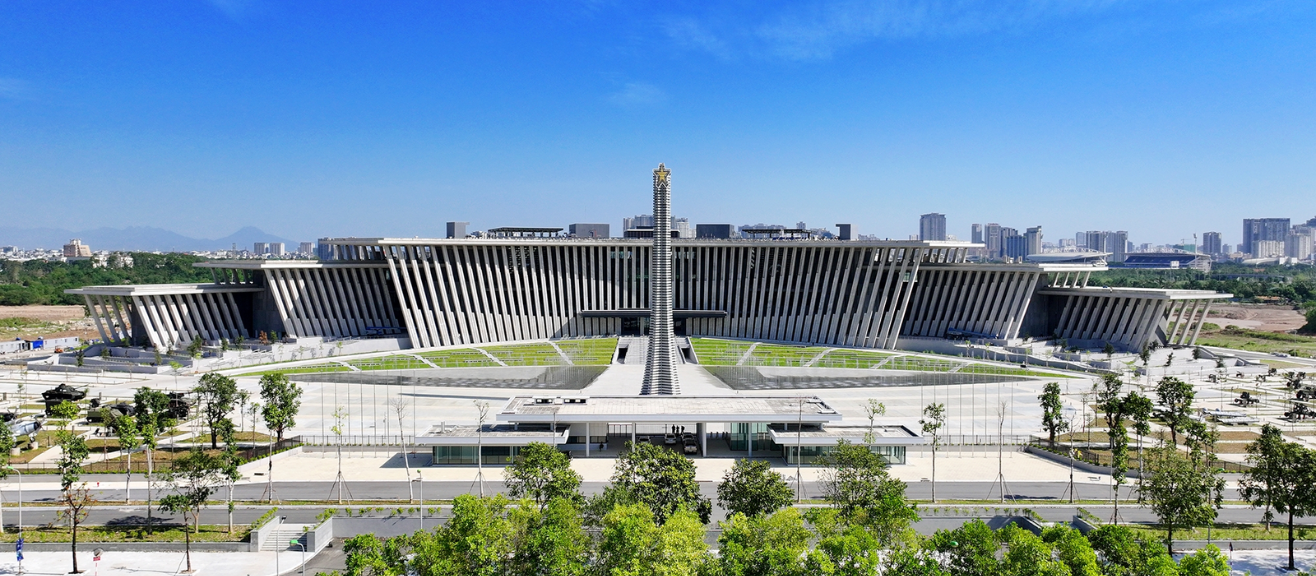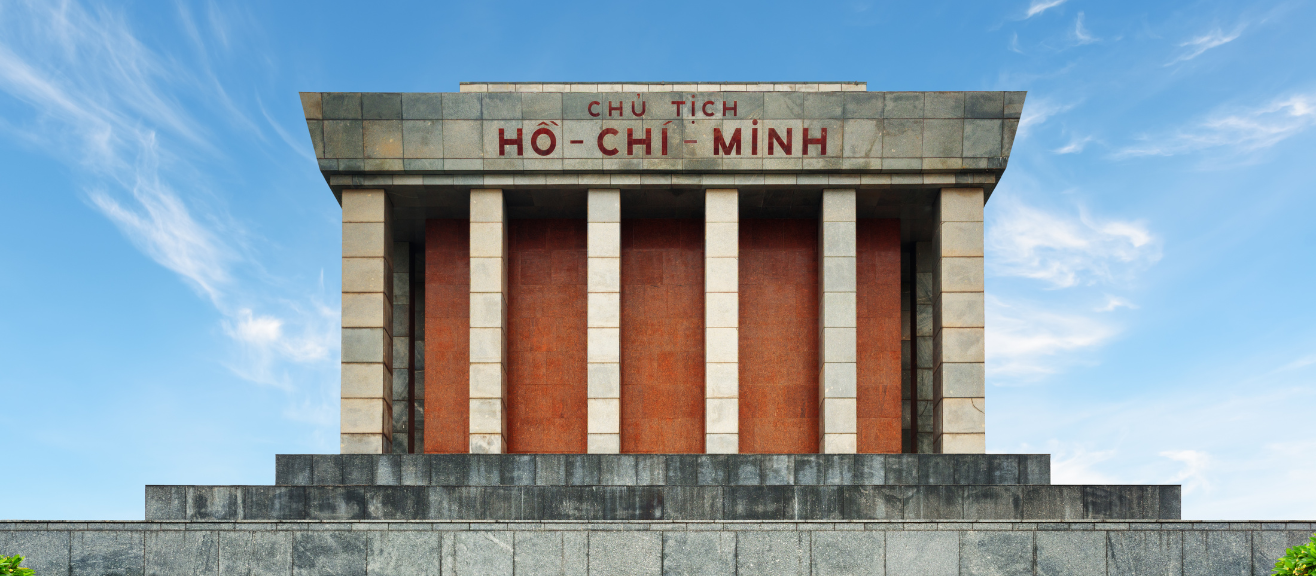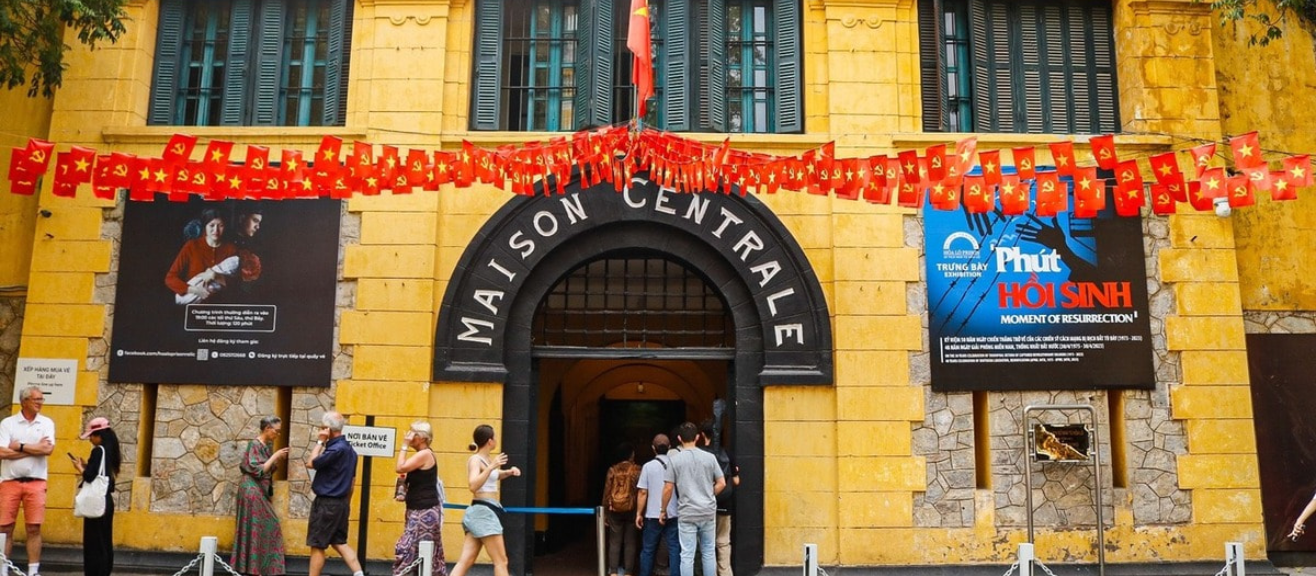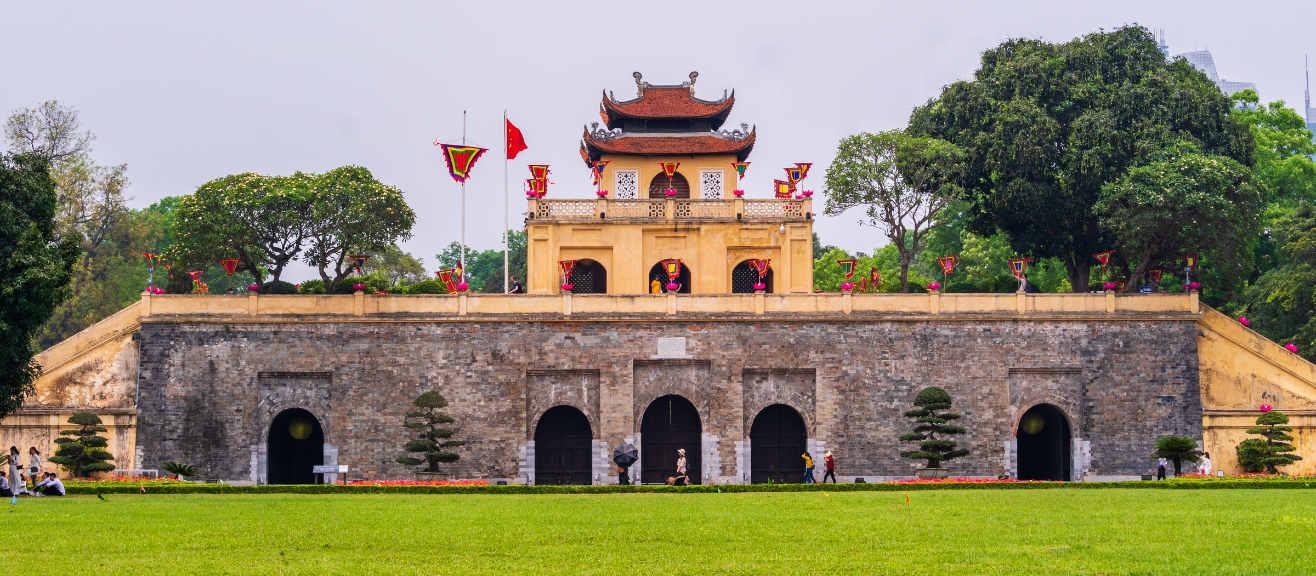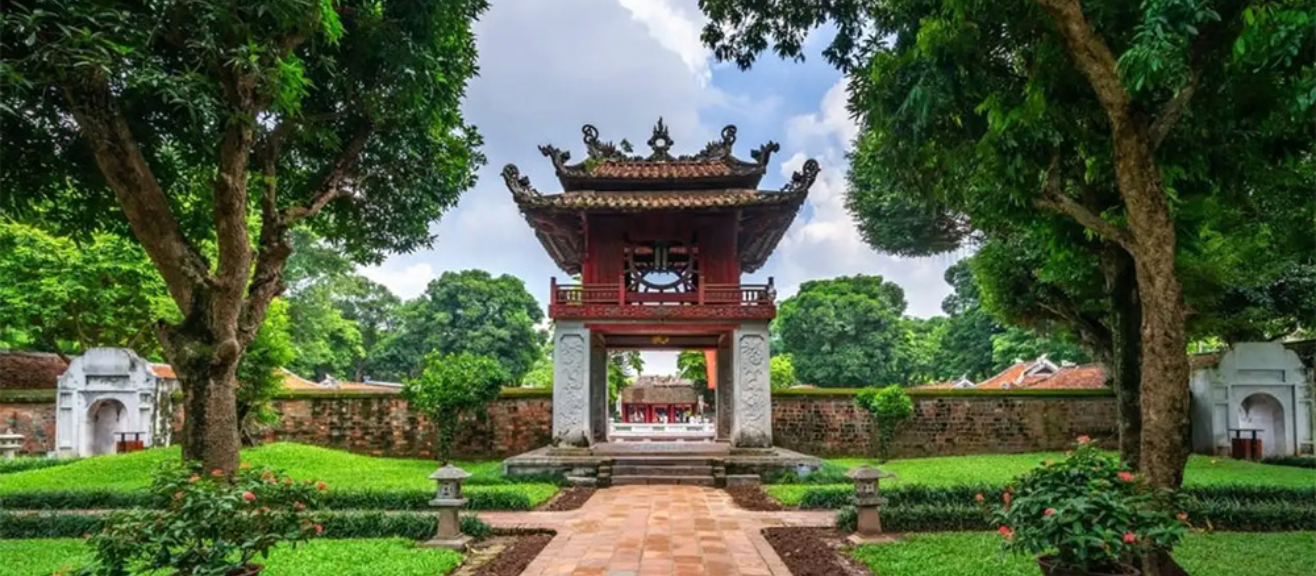🏘️ Discover Hanoi’s Historic Old Quarter
🛵 Step Into the Heart of Hanoi
Walking through Hanoi’s Old Quarter is like stepping back in time, into the vibrant streets of Vietnam’s past. With narrow alleys, bustling markets, and centuries-old architecture, this area is a living museum of culture, tradition, and daily life. Every corner tells a story, street vendors selling local treats, artisans crafting goods the same way for generations, and small temples tucked away behind shopfronts. Whether you’re exploring on foot, snapping photos, or sampling street food, the Old Quarter immerses visitors in Hanoi’s lively spirit. It’s perfect for first-time travelers looking to understand Vietnamese culture, as well as returning visitors wanting a nostalgic stroll through a neighborhood that has shaped the city’s identity for over 1,000 years.
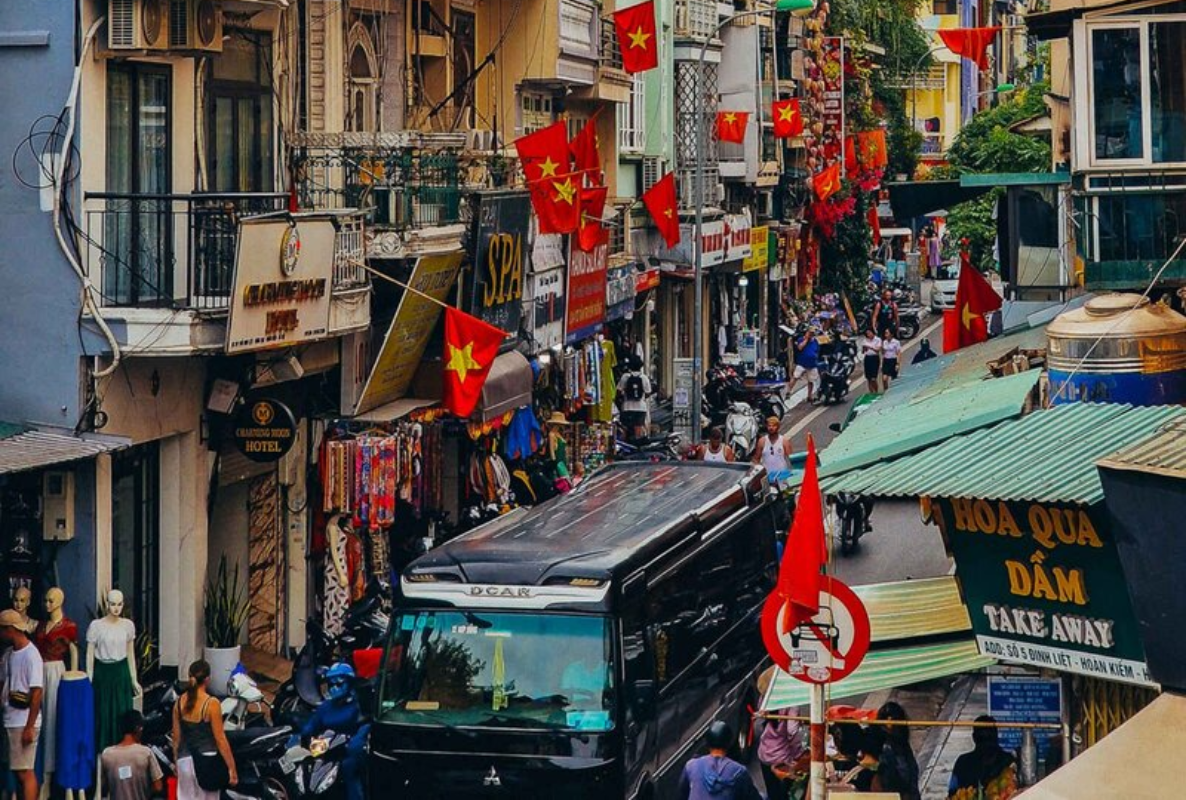
📜 History & Cultural Background
Hanoi’s Old Quarter dates back over a millennium and has long been the city’s commercial heart. Originally organized by trades, streets often carry the names of the craft that dominated them, such as Hang Gai for silk or Hang Bac for silver. This structure preserves the heritage of Vietnam’s merchant culture, while the architecture reflects Chinese and French influences. Wandering through the quarter offers more than shopping, it’s a glimpse into how local life has evolved. Small temples, communal houses, and traditional tube houses coexist with modern cafés and boutiques, giving visitors a mix of past and present. Understanding the Old Quarter’s history adds depth to your visit, turning every alley, market, and façade into a lesson about Hanoi’s enduring cultural and social spirit.
🕒 Best Time to Visit
The best time to explore the Old Quarter is early morning or late afternoon. Mornings provide cooler temperatures and a quieter atmosphere for photography, while afternoons reveal lively street scenes and vibrant markets. October through April offers milder weather, perfect for walking without the discomfort of Hanoi’s summer heat. Weekends and holidays bring more energy, with street performers, pop-up markets, and additional cultural activities. However, these times are also the busiest, so plan accordingly. Visiting early allows you to enjoy local breakfasts like pho or bun cha before the crowds arrive. Regardless of timing, be prepared for bustling streets and bring comfortable shoes to make the most of your Old Quarter adventure.
🚶♂️ How to Get There & Getting Around
The Old Quarter is conveniently located in central Hanoi, near Hoan Kiem Lake. Visitors can arrive by taxi, Grab, bus, or even bicycle. Walking is the most rewarding way to explore the maze of streets, letting you discover hidden alleys and small shops. Motorbikes dominate the roads, so always stay aware when crossing streets. For a more relaxed experience, consider a cyclo tour, which provides a scenic and low-stress way to see the quarter while learning about its history. Parking is limited, so arriving early is advisable if driving. Exploring on foot or by bike is ideal for discovering the quarter’s rich culture, street food stalls, and artisan shops.
⏰ Opening Hours & Visitor Guidelines
The Old Quarter is always open for visitors, though individual shops, temples, and museums have specific opening hours. Most businesses open around 7:00–8:00 AM and close by 7:00–9:00 PM. When visiting, keep an eye on personal belongings as streets are crowded, and watch for motorbikes and bicycles. Respecting the space, especially in temples and historic buildings, ensures a safe and enjoyable experience for everyone. Comfortable clothing and shoes are essential, as walking is the primary way to explore the area. Visitors should also carry small bills for street food and souvenirs, as many vendors do not accept cards.
🌿 Best Streets & Neighborhoods to Explore
Some streets in the Old Quarter are must-visits for their character and specialty goods. Hang Gai is famous for silk products and boutique stores, Hang Bac offers traditional silver items, Hang Dao is filled with clothing shops and colorful markets, Hang Ma transforms into a lively street during the Mid-Autumn Festival with lanterns and decorations. Exploring smaller alleys reveals hidden cafés, art galleries, and street food stalls that tourists often miss. Don’t forget to visit Ta Hien Street for local nightlife and bia hoi, Hanoi’s draft beer culture. Each street has its own charm, offering a unique slice of life in the heart of the city.
💡 Pro Tip: Walk slowly and peek into alleys to discover less-touristy gems.
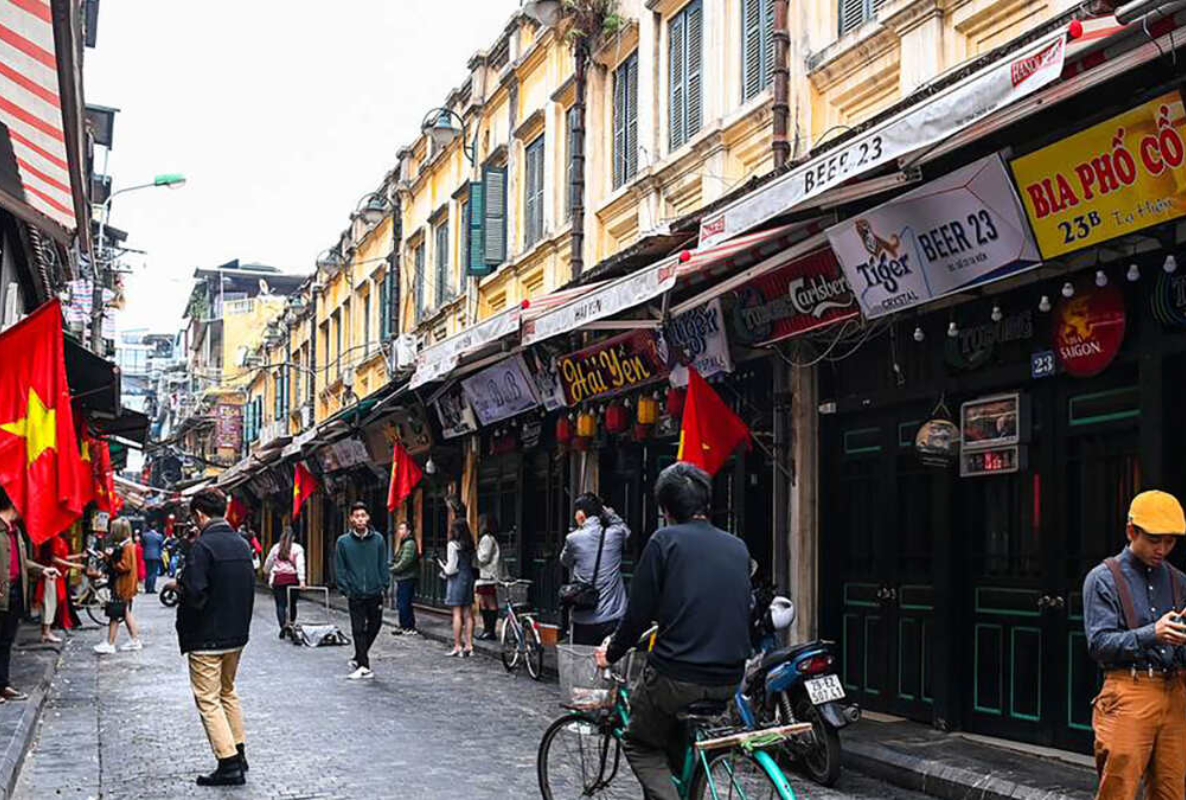
🌮 Things to Do & Experience
- Sample classic street foods: pho, bun cha, nem ran, banh mi, and egg coffee.
- Shop for souvenirs and handcrafted goods in specialty stores.
- Visit historic temples and communal houses hidden among the streets.
- Watch artisans at work: silk weaving, embroidery, calligraphy, or silver crafting.
- Take a cyclo or walking tour to understand the quarter’s history and layout.
- Participate in cultural activities during festivals, such as lantern-making or folk performances.
💡 Pro Tip: Set aside at least half a day to fully enjoy food, shopping, and exploration.
🎫 Tickets & Visitor Info
Most of the Old Quarter is free to explore. Individual attractions like temples, museums, or specialty shops may have entry fees ranging from VND 20,000 – VND 100,000. Guided tours or audio guides are recommended for those who want deeper historical context. Check opening hours before visiting, as smaller establishments may close on holidays or afternoons. Carry cash in small denominations for purchases and tips, and bring a reusable water bottle to stay hydrated while walking the streets.
👀 Photo Spots & Hidden Gems
- Capture the early morning street life before crowds arrive.
- Alleyways filled with hanging lanterns and colorful shop signs.
- Cafés with traditional tube-house architecture.
- Ta Hien Street in the evening for nightlife energy and street scenes.
- Markets like Dong Xuan for vibrant stalls and local characters.
💡 Pro Tip: Early morning light creates soft, flattering photos of streets and architecture.
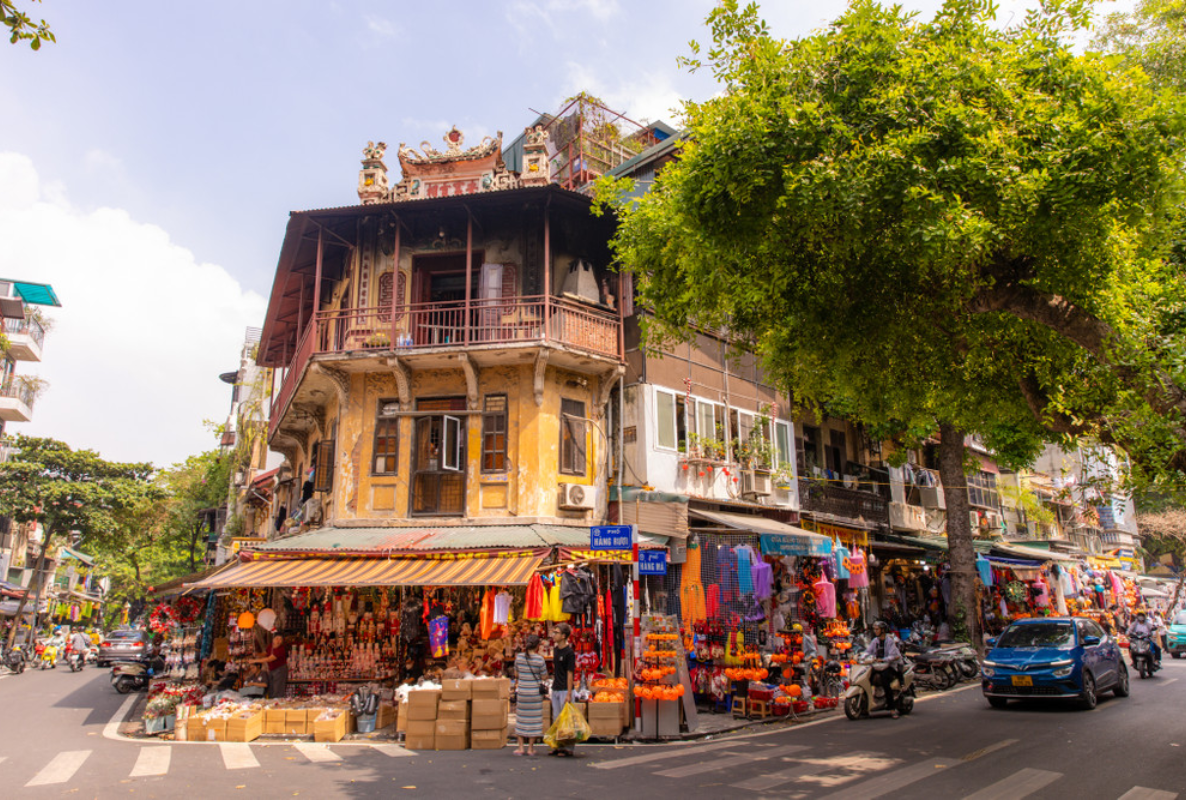
🧭 Nearby Attractions & Suggested Itinerary
- Hoan Kiem Lake and Ngoc Son Temple for scenic walks.
- St. Joseph’s Cathedral for French colonial architecture.
- Thang Long Water Puppet Theater for cultural performance.
- Temple of Literature to extend the cultural journey.
A half-day itinerary could include walking the main streets, stopping for food, and visiting a temple or museum. A full-day itinerary allows more in-depth exploration with photography, food stops, and nearby attractions.
👨👩👧👦 Who Will Enjoy It
The Old Quarter is perfect for travelers who love history, culture, food, and photography. Families, solo travelers, students, and history enthusiasts will find plenty to explore. Those interested in traditional crafts, street food, or local lifestyle will especially enjoy wandering the alleys and interacting with local vendors.
🎒 What to Bring & Visitor Tips
- Comfortable walking shoes and breathable clothing.
- Cash in small bills for food and souvenirs.
- Water bottle and sun protection.
- Camera for exterior shots of streets and alleys (note: shops may restrict photography inside).
- Respectful behavior in temples and crowded areas.
💡 Pro Tip: Learn a few Vietnamese phrases to enhance interaction with local vendors.
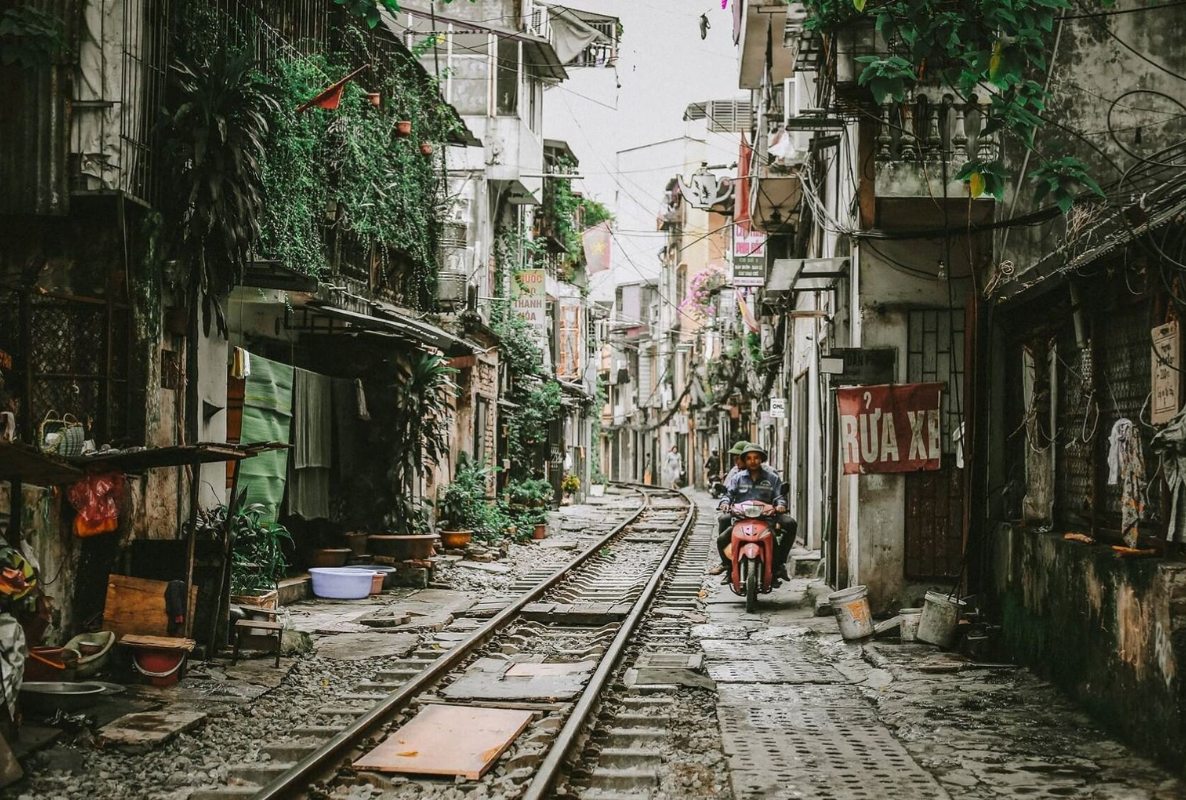
🪷 Conclusion
Visiting Hanoi’s Old Quarter is a sensory journey through the city’s heart. From historic streets and bustling markets to delicious street food and hidden alleys, every corner tells a story. Take your time to explore, taste, and photograph the area while absorbing its rich cultural heritage. For up-to-date tips, events, and suggested itineraries, visit laimi.com to plan your perfect Old Quarter adventure.

